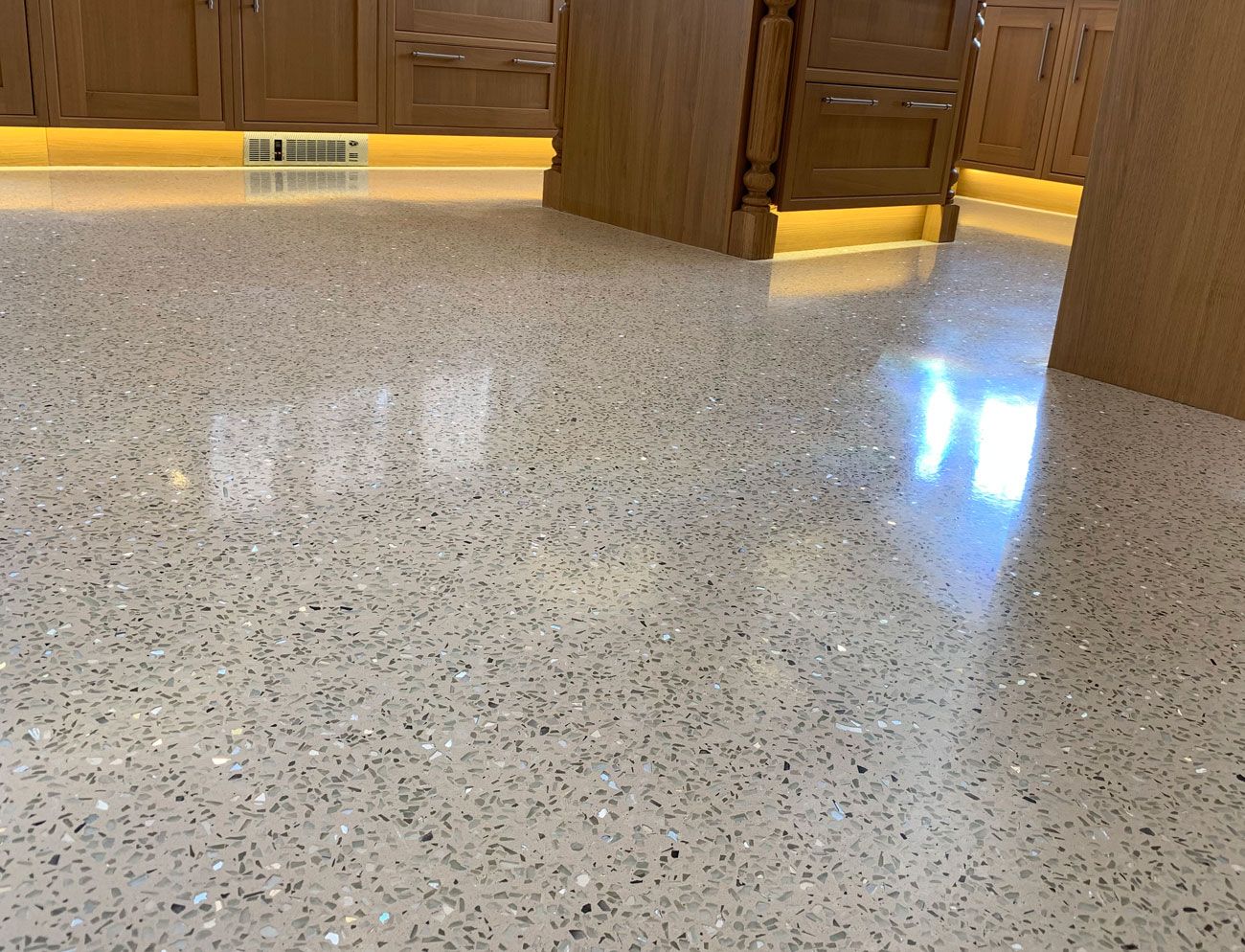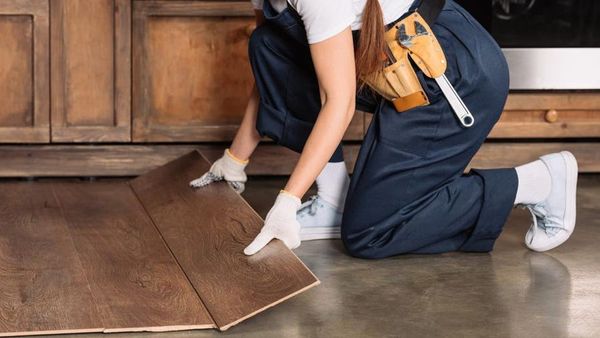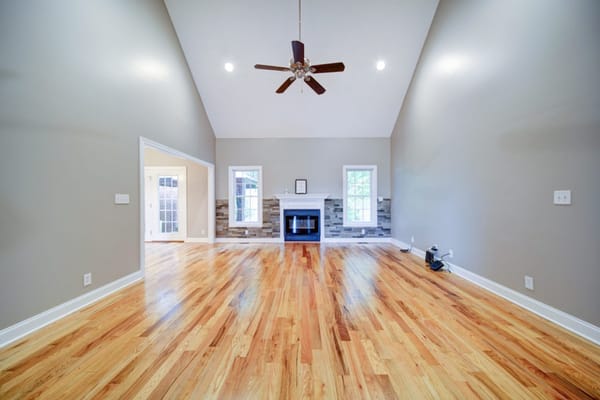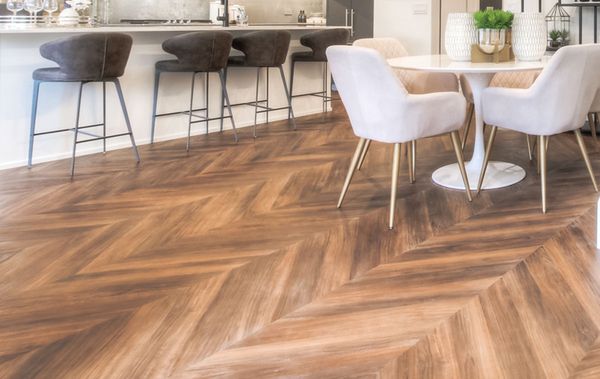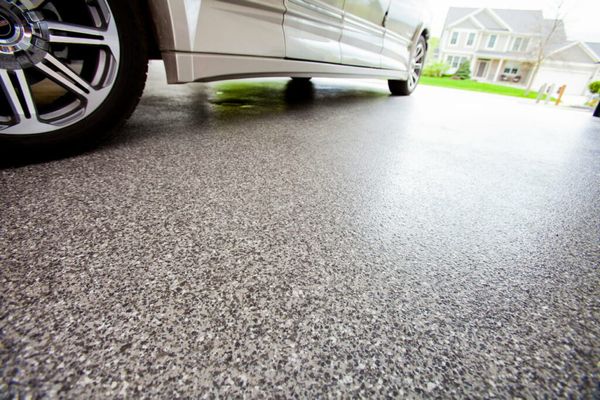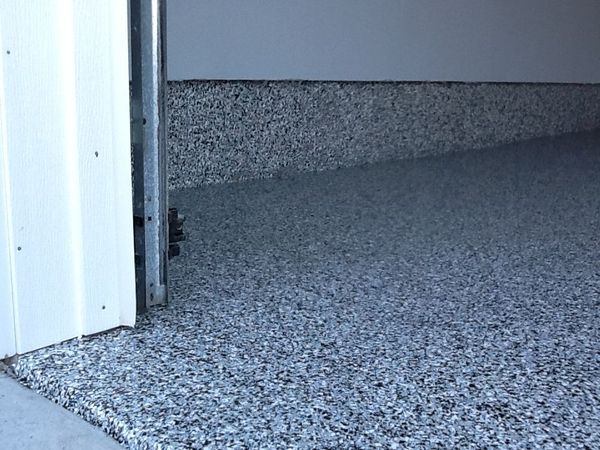Terrazzo is more than just a type of flooring—it’s a historical statement, an art form, and an environmental solution. For centuries, terrazzo has adorned the halls of palaces, churches, and modern businesses alike.
As a flooring choice that stands the test of time, it offers a unique blend of aesthetics and practicality that few materials can match. If you're considering updating your floors or are simply curious about the latest trends in home design, here's why terrazzo is worth your attention.
History of Terrazzo
Terrazzo, derived from the Italian word for terraces, began its journey in the 15th century. Craftsmen in Venice discovered that they could repurpose marble scraps by setting them into clay to form durable, decorative surfaces for the terraces around their homes.
As the method spread, the base evolved, using cement and later resin. Today, terrazzo's unique composition and aesthetic have made it a sought-after choice for various applications worldwide.
Unrivaled Aesthetics
One of terrazzo's main attractions is its limitless design potential. This flooring isn't just a blank slate—it's a canvas.
The combinations of colorful chips, whether it be marble, granite, glass, or other aggregates, set into its base, allow designers to curate a vast range of patterns, colors, and finishes.
From intricate mosaics to bold, contemporary designs, terrazzo can be tailored to suit any architectural style or interior décor.
Durability That Lasts
While terrazzo's beauty is evident, its strength is unsurpassed. It's not unusual for terrazzo floors installed a century ago to still be in use today, with minimal signs of wear.
The high strength-to-weight ratio ensures it resists cracking, and its non-porous surface wards off stains, making it ideal for high-traffic areas in both homes and commercial settings. With proper maintenance, a terrazzo floor can outlast the building it's in!
Eco-Friendly Choice
In today’s environmentally-conscious world, terrazzo's sustainable properties shine bright. It often incorporates recycled materials like glass or post-consumer stone aggregates.
As it’s extremely durable, the need for replacement is rare, reducing the overall demand on natural and man-made resources. Plus, its longevity means less waste in landfills. By choosing terrazzo, you're making a choice that benefits not only your space but the planet too.
Maintenance and Care
Though terrazzo is sturdy, it isn't entirely maintenance-free. Regular sweeping or dust mopping can keep the surface free from abrasive grit and prolong its shine.
For deeper cleaning, neutral pH cleaners are the way to go. Avoid acidic or alkaline products as they can damage the surface. With these simple steps, your terrazzo floor will continue to shine for years to come.
Cost-Effectiveness
While the initial investment for terrazzo might be higher than some other flooring options, its lifespan often makes it a more cost-effective choice in the long run.
When you factor in the minimal maintenance and repair costs and its potential to last for generations, terrazzo often proves its worth financially.
Applications Beyond Flooring
While terrazzo is most famed for its role underfoot, its versatility allows it to be used in various applications. From countertops to wall panels and even outdoor settings like patios or pool surrounds, terrazzo's adaptability is only limited by one's imagination.
Designers have begun to incorporate terrazzo in bathroom vanities, kitchen backsplashes, and even furniture pieces, proving that its potential extends beyond traditional flooring.
The Modern Revival of Terrazzo
The recent surge in terrazzo's popularity is not accidental. Contemporary designers are constantly seeking materials that meld the old with the new, capturing the nostalgia of bygone eras while resonating with modern sensibilities. Terrazzo, with its rich history and adaptive nature, fits this role perfectly.
In modern design catalogs, terrazzo is seen accentuating minimalist spaces with a touch of whimsy, or adding a textured depth to maximalist rooms. Its chameleon-like quality to adapt and uplift any space it's introduced to is one of the primary reasons for its modern revival.
The Future of Terrazzo
As technology advances, the terrazzo industry is not staying behind. Modern terrazzo installations are becoming more refined and efficient. The use of epoxy resins, for instance, has made the installation process faster and has opened the door to more vibrant color possibilities. Innovations in polishing techniques have also given terrazzo an even more refined finish than was possible in the past.
Additionally, as the push for more eco-friendly building materials intensifies, terrazzo's ability to incorporate recycled elements presents vast opportunities for sustainable innovation. From using crushed recycled glass to integrating reclaimed materials from older buildings, the future of terrazzo promises even greater environmental consciousness.
Wrapping Up
Installing terrazzo flooring stands as a testimony to both elegance and endurance. Terrazzo tiles, whether made of the traditional cement-based terrazzo or the more modern epoxy terrazzo flooring, are a composite material that shines bright with marble chips, offering homeowners and businesses a sanded and sealed finish that sparkles for years. The terrazzo flooring cost per square foot might seem steep initially, especially when opting for poured terrazzo flooring over terrazzo tile. However, when you factor in the longevity of original terrazzo floors, the investment becomes worthwhile.
The terrazzo installation process is intricate, with choices ranging from monolithic terrazzo, bonded terrazzo, to the vibrant epoxy resin versions. When deciding to install terrazzo flooring atop an existing flooring or a concrete slab, it's crucial to ensure that the terrazzo process is overseen by professionals, guaranteeing a properly installed and seamless finish. Clean terrazzo floors are not just about aesthetics but are a testament to the meticulous craftsmanship that goes into each square foot.
Terrazzo's resurgence in modern design isn't accidental. From the myriad of design possibilities with terrazzo tiles to the enduring charm of poured terrazzo flooring, this composite material encapsulates a blend of art and durability. Whether renovating spaces with original terrazzo floors or exploring new installations, it's evident that terrazzo's fusion of marble chips, epoxy resin, and cement brings together the past and the present in a shimmering dance of style and strength.

